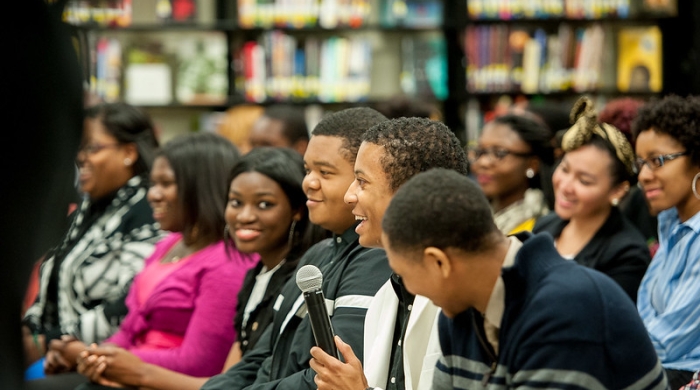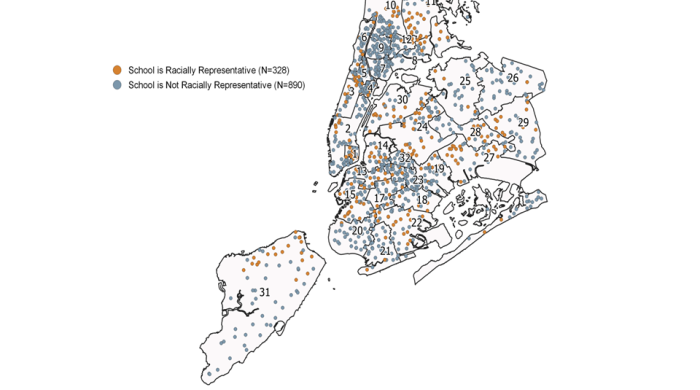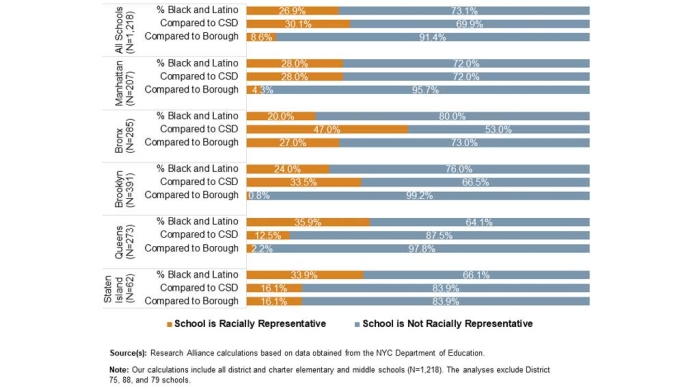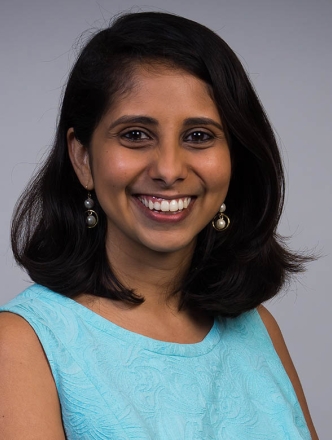
One of the most significant challenges facing schools in New York City and around the nation lies in their relationship to larger societal inequalities. Schools have the potential to reproduce and deepen inequalities—or to confront and counteract them. For many years, scholars, policymakers, educators, and community leaders have attempted to address issues of inequality in NYC’s public schools. While some important progress has been made, there are still large disparities in opportunities and outcomes associated with students’ background characteristics.
In recognition of the Research Alliance’s 10th anniversary, we have developed a new series examining areas of progress as well as stubborn barriers to equity, access, and diversity in NYC schools. The series is focused particularly on students who are historically underserved and vulnerable to challenges, both inside and outside of the classroom.
For the purposes of this project, equity, access, and diversity are seen as capturing three important, related and sometimes overlapping dimensions of students’ educational experiences:
Equity
Here and around the country, there are longstanding, systemic disparities in educational outcomes for particular groups of students, including those defined by (variously intersecting) lines of race, ethnicity, gender, disability, poverty and neighborhood. The Research Alliance seeks to produce evidence about the causes and consequences of these disparities and, more importantly, to inform the development of strategies that effectively close gaps.
Access
Disparities in outcomes grow out of inequitable access to learning opportunities. In New York City, this problem is exacerbated by racial and economic segregation, across schools and neighborhoods. The Research Alliance seeks to inform decisions about how resources can be best allocated to meet students’ needs and ensure that all students, regardless of background, have access to a high-quality education, from Pre-K through college.
Diversity
With more than 1,800 schools serving 1.1 million students, NYC is the largest and one of the most diverse school districts in the nation. Serving students, families and communities with so many different backgrounds is inherently challenging. At the same time, diversity can be a strength—research suggests that students benefit when they are exposed to people who are different from themselves, with different ideas, assumptions and experiences. The Research Alliance seeks to produce evidence about how to nurture learning environments that effectively engage and support NYC’s diverse student population.
The overarching goal of the Equity, Access and Diversity series is to advance a better understanding of the mechanisms driving educational inequality and identify promising strategies to produce more equitable learning opportunities and outcomes for NYC students. As part of the project, the Research Alliance will develop two to three new research briefs each year, using a combination of quantitative and qualitative methods to explore a variety of specific topics. We will disseminate early descriptive work on each topic through Spotlight on NYC Schools posts, and present more complete work through policy briefs and public events. We hope that this work illuminates progress made by NYC schools toward equity for all students, and reveals meaningful opportunities for change in the years ahead.
The research conducted as part of the Equity, Access and Diversity series was made possible by a generous grant from the Walton Family Foundation.
Related publications and events are also supported by a group of funders who underwrite the Research Alliance’s core operations, including flexible research capacity, communications, and public engagement efforts. These funders include Carnegie Corporation of New York, the Ford Foundation, the Spencer Foundation, the Wallace Foundation and the William T. Grant Foundation.
Related Publications
Homelessness in NYC Elementary Schools
Our study examines the experiences of homeless elementary students in New York City, and illuminates important findings about this vulnerable group of children. We also highlight educator perspectives on the challenges associated with serving large numbers of homeless students, as well as practices to improve students’ educational experiences.
Persisting Students
Exploring the Pathways and Outcomes of Students Who Don't Graduate in Four Years, But Remain Enrolled in NYC High Schools. The brief uses mixed methods to explore who persisting students are, how they fall off track, which schools they attend, and the supports that students and educators see as most important for helping persisting students succeed. (2018)
Mapping Racially Representative Schools
In our last Spotlight post, we showed how different definitions of “racial representation” provide very different pictures of segregation across NYC. In this post, we use maps to show where racially representative schools are located.
Which Schools Are "Racially Representative?" It Depends on the Definition You Use
The New York City public school population is one of the most racially and ethnically diverse in the country. Yet the entrenched racial and socio-economic segregation of City schools has been the object of increasing attention. During the last two years, the NYC DOE has made fostering school diversity—broadly defined—a central pillar of its agenda.







